Central America
Ten dead in Panama due to storms causing over $100 million in damages
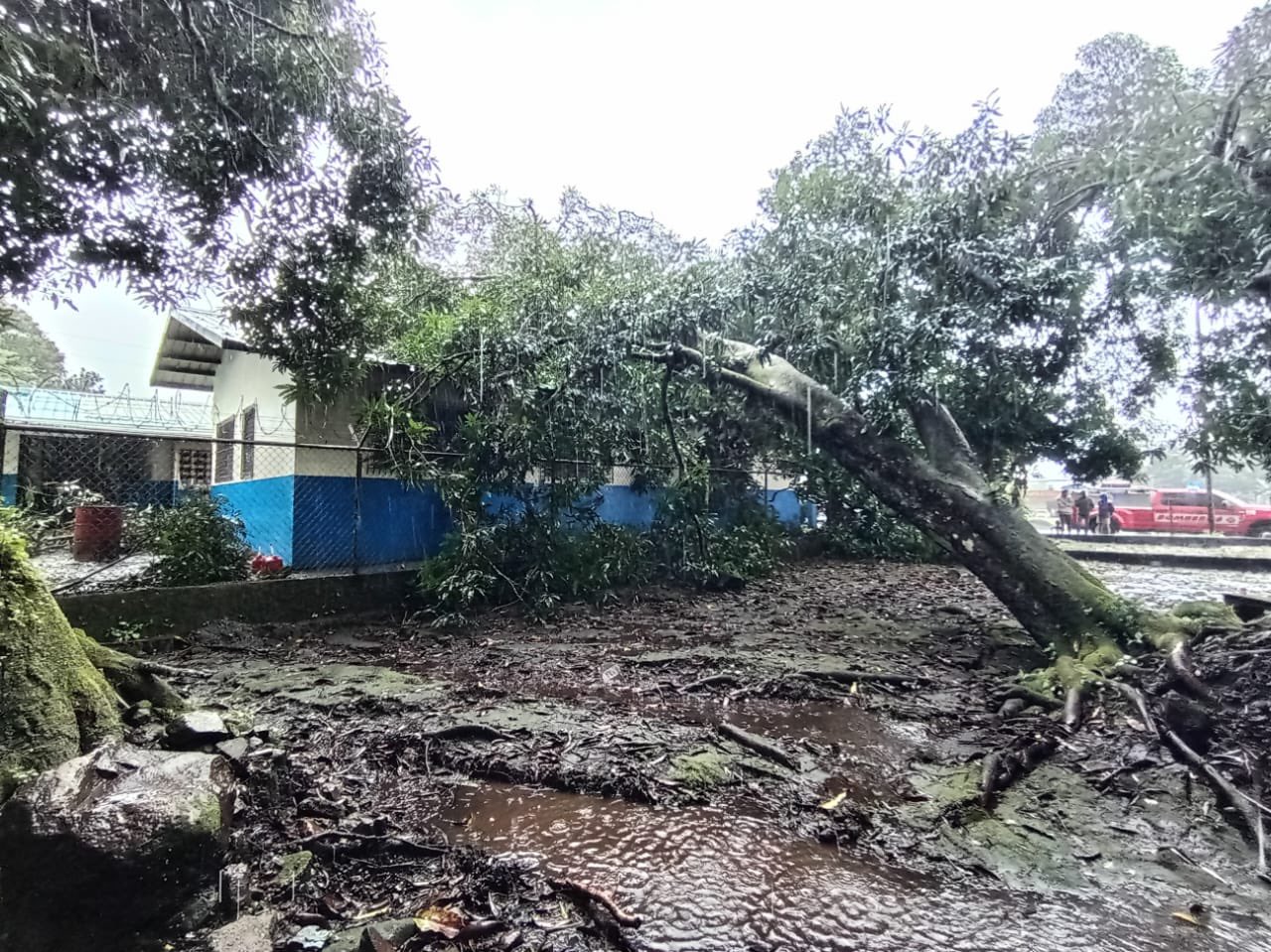
Ten people have died in Panama due to storms that have caused over $100 million in damages from flooding and infrastructure collapse in the last ten days, President José Raúl Mulino reported on Thursday.
The most affected areas are the western provinces of Chiriquí, which borders Costa Rica, Veraguas, and the indigenous Ngäbe Buglé comarca, due to heavy rains that have been falling for more than ten days.
During his weekly press conference, Mulino initially stated that the storm had caused five deaths, but this was immediately corrected by the director of the National Civil Protection Service (Sinaproc), Omar Smith, who confirmed that the number of deaths had risen to ten.
“What worries me are the human lives, I think we had five (deaths), how many? Ten already? Imagine that,” Mulino said.
Last year, Panama experienced a drought that led to reduced traffic through the interoceanic canal, which operates on fresh water, but the situation began to normalize this year with the onset of the rainy season, which has been abundant since May.
The president announced that the government will declare a state of emergency for the affected areas, where rivers have overflowed, homes have been damaged, landslides have occurred, roads have collapsed, and crops have been lost.
“Based on the reports I’ve received, the damage is significant,” Mulino noted.
Central America
Arévalo accuses Porras and judge of undermining democracy in Guatemala

Guatemalan President Bernardo Arévalo denounced a new attempt at a “coup” orchestrated by the Attorney General’s Office. He also requested an extraordinary session at the Organization of American States (OAS) to address the country’s ongoing political crisis.
The president has been at odds with Attorney General Consuelo Porras, who has been sanctioned by the United States and the European Union for being “corrupt” and “anti-democratic.” Since 2023, Arévalo has accused Porras of launching investigations against his party, Semilla, and the 2023 elections as part of a scheme to prevent his inauguration in January 2024.
From the presidential office, Arévalo has said he continues to “resist” the “coup plotters,” but tensions escalated last Friday when Judge Fredy Orellana, at the request of the Attorney General’s Office, ordered the electoral court to annul the Semilla party’s promoter group. Arévalo interpreted this as an attempt to revoke the positions won by the party.
“Orellana, a hitman who distorts the law in service of Consuelo Porras, is attempting to force […] the unconstitutional removal of a mayor, 23 elected deputies […], the vice president, and the president of the country,” Arévalo said in a televised address on Sunday.
“We call on the international community not to turn a blind eye to the coup being attempted in Guatemala,” he added, speaking alongside his cabinet and congressional members at the National Palace in Guatemala City.
Arévalo requested that the Organization of American States hold an extraordinary session to present “the serious threats” to the Guatemalan Constitution and democracy perpetrated by Porras and Orellana.
Yesterday, Guatemalan Foreign Minister Carlos Ramiro Martínez reaffirmed the president’s statements, emphasizing the need “to go and expose the situation” Guatemala has been facing since last week due to the actions of the Attorney General’s Office.
Central America
New dismembered bodies found in San Juan river days after mass killing in Palencia

On the morning of Monday, October 27, Guatemala’s Volunteer Firefighters confirmed the discovery of two bodies and two human heads inside plastic bags in the San Juan River, located in the Zacualpía village at kilometer 21 of the Atlantic Highway, in the jurisdiction of Palencia.
The remains were found by personnel from Companies 85, 50, and Central, who responded after receiving a report about suspicious bags floating in the water. The gruesome discovery was made just a few meters from the site where eight tortured bodies were found under the San Juan Bridge on Friday, October 24.
Local authorities do not rule out a connection between both incidents and suspect they may be tied to the same criminal organization. Investigators from the Public Ministry and the National Civil Police arrived at the scene to gather evidence and transfer the remains to the National Institute of Forensic Sciences (Inacif).
According to data from the National Economic Research Center (CIEN), Guatemala recorded 2,154 homicides between January and August 2025, an increase compared to the 1,816 reported during the same period in 2024.
Central America
Four guatemalan soldiers arrested for stealing weapons from Northern Air Command

Four soldiers were arrested in connection with the theft of weapons from the Northern Air Command of the Ministry of Defense in Petén, Guatemala, following operations conducted by the Public Ministry (Prosecutor’s Office).
“During the operations, criminal scenes were processed, analyzed, and documented photographically, possible escape routes were identified, surveillance cameras were located, and potential witnesses were interviewed,” the Prosecutor’s Office explained in a social media post.
The detained soldiers were identified as Ludwin Jónathan Cardona Baltazar, charged with illicit association, dereliction of duty, and aggravated theft; and Josué Israel Pérez Jerónimo, Alain Omar Marroquín Soch, and Carlos Ernesto Ibarra Corrales, charged with dereliction of duty, according to Guatemala’s Prensa Libre.
The military personnel reportedly stole 55 rifles, 14,420 rounds of 5.56 mm ammunition, 92 magazines of 35 rounds each, 19 magazines of 20 rounds each, and three grenade launchers, “which were allegedly moved from the arms warehouse to the outside for illicit sale.”
The Ministry of Defense stated that it will keep its internal control mechanisms active to prevent similar incidents.
-
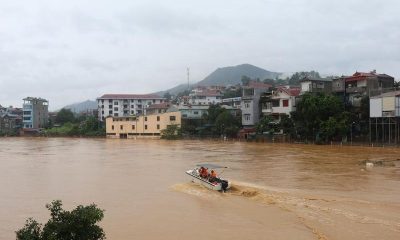
 International4 days ago
International4 days agoFloods in Central Vietnam leave 28 dead, thousands displaced
-
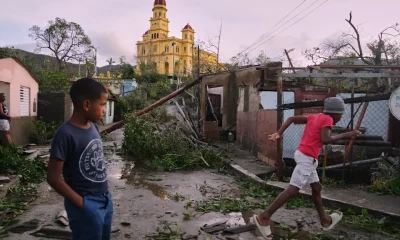
 International5 days ago
International5 days agoHurricane Melissa kills over 30, leaves thousands displaced in the Caribbean
-

 International5 days ago
International5 days agoU.S. considering airstrikes on military sites in Venezuela, reports say
-

 International14 hours ago
International14 hours agoShootout in Sinaloa leaves 13 gunmen dead as authorities rescue kidnapping victims
-

 International2 days ago
International2 days agoAt least 23 killed in Sonora supermarket blast, including minors
-

 International5 days ago
International5 days agoTrump sets historic low refugee cap at 7,500, prioritizes white South Africans
-
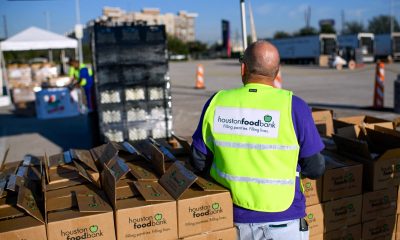
 International1 day ago
International1 day agoU.S. uses $4.65 billion in emergency funds to sustain SNAP benefits amid shutdown
-

 International5 days ago
International5 days agoUNICEF: Over 700,000 children affected by Hurricane Melissa in the Caribbean
-

 International4 days ago
International4 days agoFBI foils ISIS-Inspired attack in Michigan, arrests five teens
-

 International5 days ago
International5 days agoPope Leo XIV revives Global Compact on Education to confront cultural crisis
-

 International2 days ago
International2 days agoU.S. strike in Caribbean kills three suspected drug traffickers
-

 International5 days ago
International5 days agoU.S. warns China over Taiwan during high-level defense talks in Kuala Lumpur
-
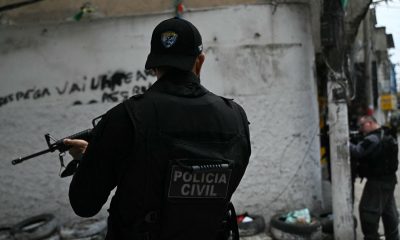
 International1 day ago
International1 day agoFour suspected PCC members killed in Police shootout in Florianópolis
-

 International14 hours ago
International14 hours agoTrump alleges “massive fraud” in California redistricting vote without evidence
-

 International14 hours ago
International14 hours agoSheinbaum maintains 70% approval despite growing discontent in Mexico
-

 International13 hours ago
International13 hours agoFormer U.S. vice president Dick Cheney dies at 84






























